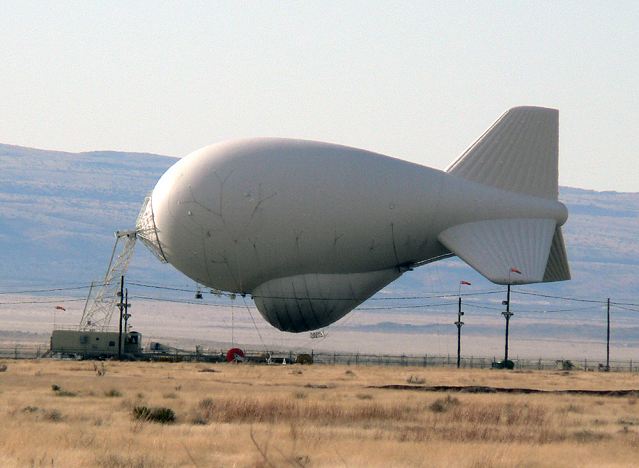| a | |||
Defence & Security News - Singapore |
|||
| Wednesday, October 29, 2014 10:00 PM | |||
| Singapore to strengthen its national security using tethered surveillance balloon with radar. | |||
Singapore is strengthening its national security using a tethered surveillance
balloon filled with radar equipment, said the Defense Minister. The new
technology, a tethered aerostat, allows Singapore to compensate for the
difficulties presented to its defense capabilities by its small size and
terrain. Singapore lacks high mountains from which to survey the airways,
and the high cost of using planes to observe the sky around the clock
makes this an unattractive option. The new balloon will save Singapore
$29 million every year in operating costs. |
|||
 Tethered aerostats were deployed by U.S. Army in Iraq and Afghanistan. |
|||
| “We
need an effective early warning system from threats that can come by air
or sea,” said Dr. Ng Eng Hen in a speech at the country’s
Ministry of Defense Productivity and Innovation in Daily Efforts (PRIDE)
awards ceremony, adding that “Singapore is a small island, we are
an air and sea hub, and that potentially increases our threat and we have
to take it seriously.” |
|||
Singapore to strengthen its national security using tethered surveillance balloon with radar 2910144
- Posted On














